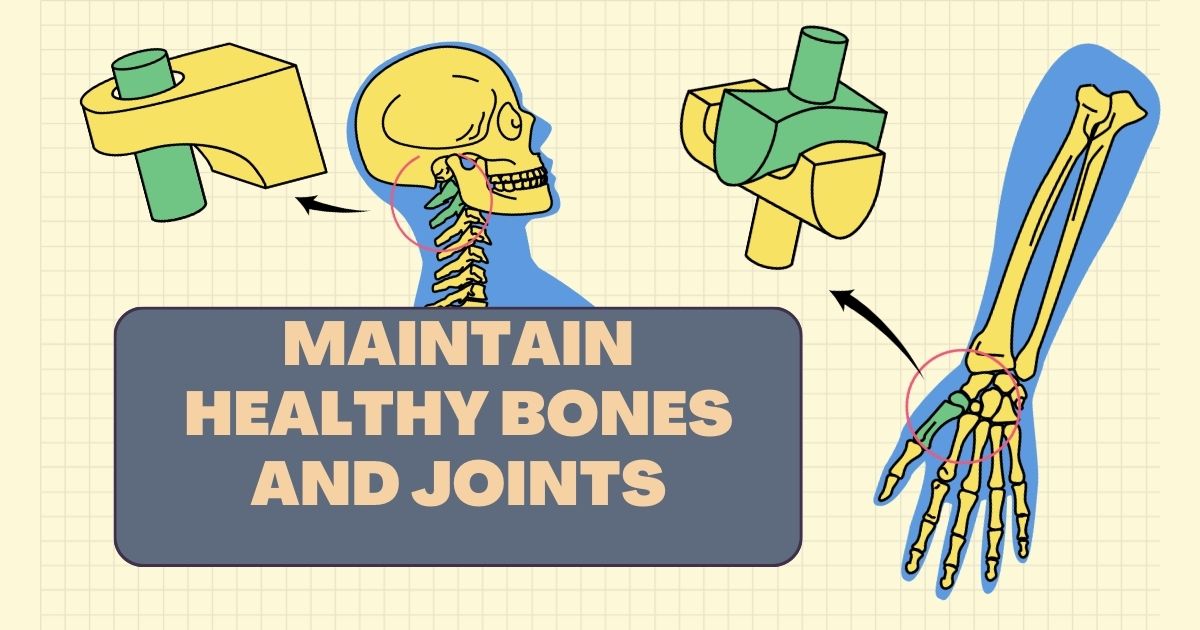Holistic wellness is a growing approach to health that looks beyond just physical fitness and medical treatments. It focuses on creating harmony between the mind, body, and spirit, acknowledging that every part of life is interconnected. Unlike conventional health practices that often target symptoms, holistic wellness addresses the root causes of imbalance to promote long-term well-being.
In this guide, we’ll dive into what holistic wellness really means, its key principles, benefits, and practical ways to incorporate it into daily life.
Understanding Holistic Wellness
Holistic wellness is the complete integration of physical, mental, emotional, and spiritual health. The word “holistic” comes from the Greek word holos, meaning “whole.” It emphasizes that a person’s well-being depends on the balance of all areas of life, not just one.
For example, stress might cause insomnia, which then weakens the immune system and leads to illness. By managing stress through mindfulness, diet, and self-care, holistic wellness aims to prevent problems before they manifest physically.
The Core Principles of Holistic Wellness
Holistic wellness is built upon several guiding principles:
1. The Body and Mind Are Connected
Mental health can affect physical health, and vice versa. For instance, chronic stress can raise blood pressure, while a poor diet may increase anxiety.
2. Prevention Is Better Than Cure
Instead of waiting for illness, holistic wellness encourages healthy lifestyle choices to maintain well-being.
3. Self-Healing Is Possible
Given the right environment—nutrition, rest, and mental peace—the body has the power to heal itself naturally.
4. Balance Is Key
Work, relationships, spirituality, and self-care must all stay balanced for overall harmony.
5. Individualized Approach
Every person is unique, so wellness solutions should be personalized rather than one-size-fits-all.
The Seven Dimensions of Holistic Wellness
It is often described through seven dimensions that together form complete well-being:
1. Physical Wellness
Includes exercise, nutrition, hydration, quality sleep, and avoiding harmful habits like smoking or excessive alcohol.
2. Emotional Wellness
Focusing on self-awareness, emotional resilience, and stress management. Practices like journaling and therapy help here.
3. Mental Wellness
Keeping the mind sharp through continuous learning, problem-solving, and mindfulness practices.
4. Social Wellness
Building healthy relationships, fostering community, and maintaining supportive networks.
5. Spiritual Wellness
Connecting with a higher purpose through meditation, prayer, or simply practicing gratitude.
6. Environmental Wellness
Living in harmony with nature, keeping surroundings clean, and reducing toxins in daily life.
7. Occupational Wellness
Finding purpose and satisfaction in work, balancing career with personal life.
Benefits of Holistic Wellness
Adopting holistic wellness brings several advantages:
-
Improved Physical Health – Reduced risk of chronic diseases due to healthier lifestyle habits.
-
Stronger Mental Clarity – Mindfulness and meditation enhance focus and reduce anxiety.
-
Emotional Stability – Better coping mechanisms for stress and challenges.
-
Greater Life Satisfaction – Balance across all areas leads to a more meaningful life.
-
Natural Healing – Strengthened immunity and reduced reliance on medication.
Practical Ways to Practice Holistic Wellness
Incorporating It doesn’t have to be overwhelming. Here are some effective strategies:
1. Eat a Balanced Diet
Focus on whole foods, fruits, vegetables, lean proteins, and healthy fats. Avoid processed foods as much as possible.
2. Move Your Body Daily
Engage in physical activities like yoga, walking, or strength training to keep your body active.
3. Practice Mindfulness
Meditation, deep breathing, and gratitude journaling can improve emotional and mental well-being.
4. Prioritize Sleep
Aim for 7–8 hours of quality rest. Good sleep is essential for repair and regeneration.
5. Build Strong Connections
Spend time with friends and family, and nurture relationships that bring joy and support.
6. Explore Spiritual Practices
Meditation, prayer, or simply spending time in nature can help you feel more connected to life’s bigger purpose.
7. Reduce Stress
Try aromatherapy, tai chi, or spending quiet time alone to recharge mentally and emotionally.
Holistic Wellness vs. Traditional Medicine
Holistic wellness and traditional medicine aren’t opposites—they can complement each other. While conventional medicine is crucial for treating serious illnesses, it emphasizes prevention and balance. For example:
-
Traditional medicine treats high blood pressure with medication.
-
Holistic wellness combines medication (if necessary) with stress reduction, diet improvements, and exercise.
This integrated approach provides the best of both worlds.
Why Holistic Wellness Matters Today
In today’s fast-paced, high-stress society, many people feel burnt out, anxious, and disconnected. it provides a sustainable lifestyle framework that not only prevents illness but also enhances life satisfaction.
With rising awareness of mental health and natural healing, it is becoming more relevant than ever. It encourages us to slow down, care for ourselves, and live in alignment with our values.
Conclusion
It is about seeing health as a whole-person journey, not just the absence of disease. By balancing physical, mental, emotional, social, and spiritual dimensions, it provides a more sustainable path to lasting well-being. Whether you start with small steps like meditation or lifestyle changes like healthier eating, embracing It can transform your life for the better.
Also Read :Do You Know How Many Calories Are in 1 Egg?
FAQs
1. What does it mean in simple terms?
It means taking care of the whole person—body, mind, and spirit—rather than focusing only on physical symptoms.
2. How is holistic wellness different from traditional healthcare?
Traditional healthcare often treats illness after it occurs, while It emphasizes prevention and balance across all areas of life.
3. Can holistic wellness replace medical treatment?
No, it should not replace medical care. Instead, it complements it by promoting natural healing and prevention.
4. What are examples of holistic practices?
Examples include yoga, meditation, acupuncture, aromatherapy, clean eating, and mindful living.
5. Is holistic wellness backed by science?
Yes, many aspects—such as nutrition, exercise, meditation, and stress management—are scientifically proven to improve overall health.



